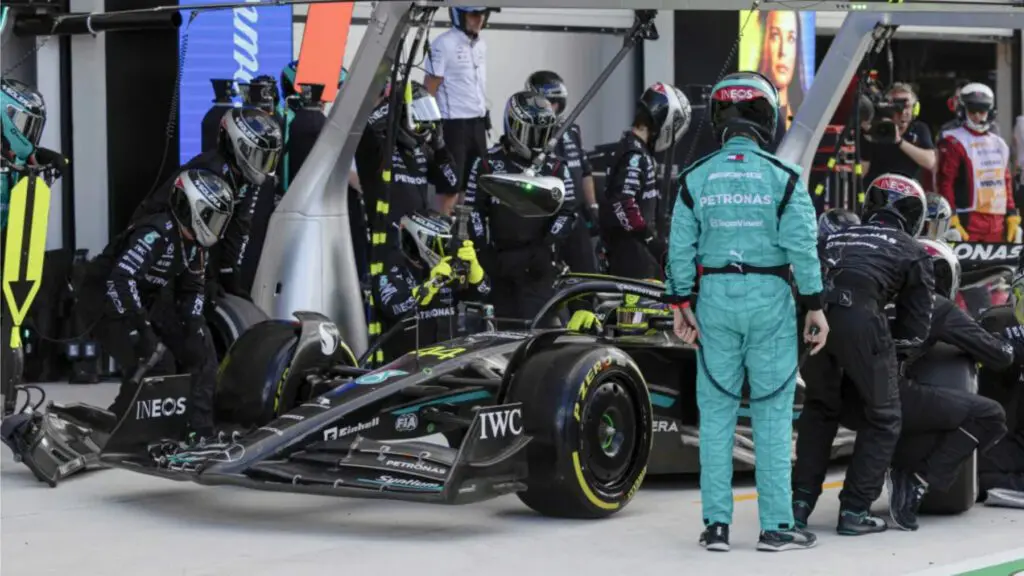Composites in Formula 1 play a crucial role in racing and are used extensively in various components of cars. Composites refer to materials made by combining two or more different materials to create a superior material with enhanced properties. In F1, composites are primarily used for the construction of the car’s chassis, bodywork, and aerodynamic components. Here are some specific applications of composites in F1:
Chassis
The monocoque (central structure) of an F1 car is typically made of carbon fiber-reinforced polymer (CFRP) composites. CFRP offers an excellent strength-to-weight ratio, providing high structural rigidity and safety while keeping the overall weight of the car as low as possible. The monocoque also incorporates honeycomb structures for additional strength and crash protection.
Bodywork
The body panels of an F1 car, including the nose cone, side pods, and engine cover, are usually made of CFRP composites. Composites allow designers to create intricate shapes and aerodynamic features while maintaining lightweight construction. The bodywork needs to withstand high aerodynamic loads, impacts, and vibrations during racing, which makes composites an ideal choice.
Aerodynamic Components
: F1 cars heavily rely on aerodynamics to maximize performance. Various components, such as the front and rear wings, bargeboards, and diffusers, are manufactured using composites. These components are designed to generate downforce, reduce drag, and optimize airflow around the car. Composites provide the necessary strength, stiffness, and flexibility to achieve complex aerodynamic shapes.
Safety Structures
Composites are also utilized in the construction of safety structures in an F1 car. The survival cell, which includes the driver’s cockpit and surrounding impact-absorbing structures, is often reinforced with composites to ensure high levels of safety in case of accidents or collisions
Final thoughts
Composites offer several advantages in F1, including high strength, low weight, stiffness, durability, and the ability to tailor material properties. They contribute to overall performance improvements by reducing the car’s weight, enhancing aerodynamics, and improving structural integrity and safety. The continuous development and refinement of composite materials and manufacturing processes remain critical in F1 as teams strive for greater speed, efficiency, and safety on the track.


